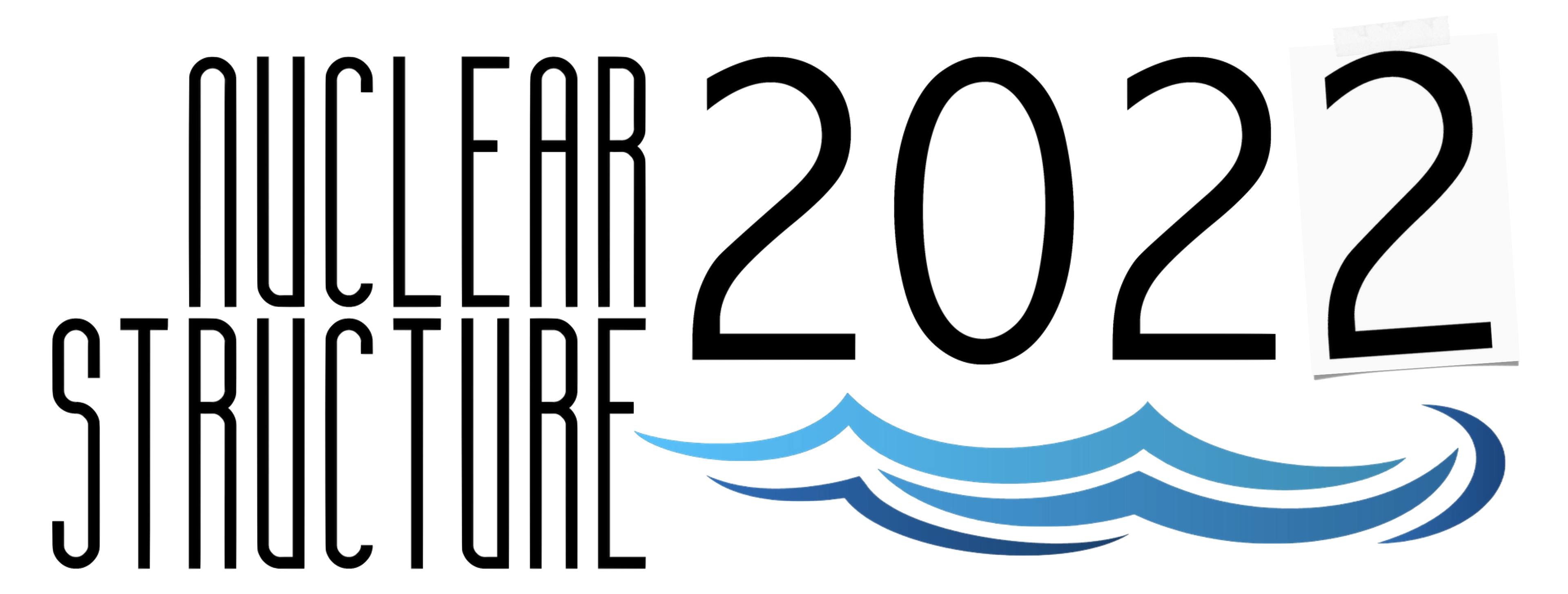Speaker
Description
Lifetimes of low-energy states in $^{211}$At have been measured using the recoil-distance Doppler shift, Doppler-shift attenuation, and fast-timing methods at the University of Cologne. The obtained reduced transition probabilities have been compared to two shell-model calculations, a large-scale shell-model calculation using the Kuo-Herling residual interaction and a calculation using a single-$j$ approximation for protons in the $0h_{9/2}$ orbital. The large-scale calculations, which account only for single particle-hole excitations, significantly overestimate some of the ground-state transition probabilities, especially the $B(E2;13/2^-_1 \rightarrow 9/2^-_1)$ value. This discrepancy has been attributed to the presence of higher-order particle-hole excitations in the wave function of the ground state, which are not accounted for by the Kuo-Herling intaraction. The effects of those excitations on the transition rates, however, are weaker in $^{211}$At than they are in $^{210}$Po. A modification to the $(h_{9/2},h_{9/2}| \hat{V} |h_{9/2},f_{7/2})_{J=2}$ two-body matrix element has been introduced which leads to a considerably better description of the structure of $^{210}$Po and $^{211}$At. However, the origin of this effect needs to be further investigated. The newly obtained reduced transition probabilities are described very well by a single-$j$ calculation. This, together with the fact that the energy spectrum of $^{211}$At is also well described, indicates that seniority can be regarded as a good quantum number in $^{211}$At. It would be of interest to continue the same study along heavier $N=126$ isotones, where information on most $E2$ transitions in even-even and odd-even nuclei is still missing.

